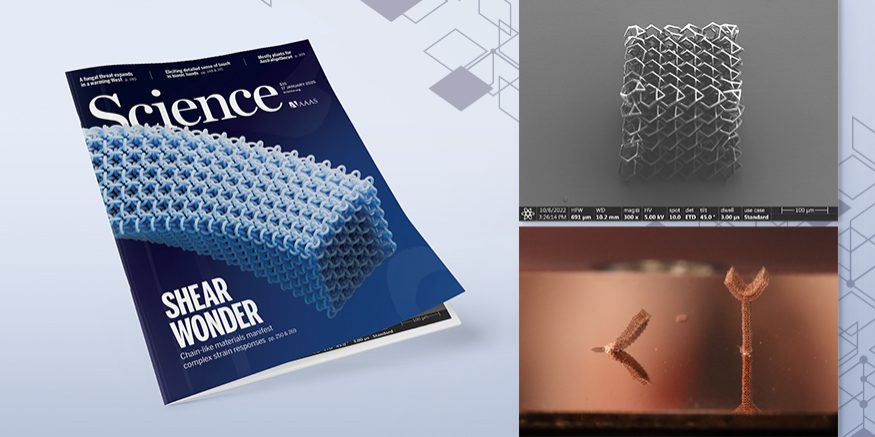In the evolving fields of materials science and 3D printing, engineers at Lawrence Livermore National Laboratory (LLNL) are exploring novel ways to create materials and structures that adapt and respond to their environments.
A recent study featured on the cover of Science, conducted in collaboration with the California Institute of Technology (CalTech) and Princeton University, has introduced a revolutionary class of materials known as 3D polycatenated architected materials (PAMs). These intricate structures can behave with both solid and liquid-like properties and have the potential to impact industries ranging from engineering to medicine.


